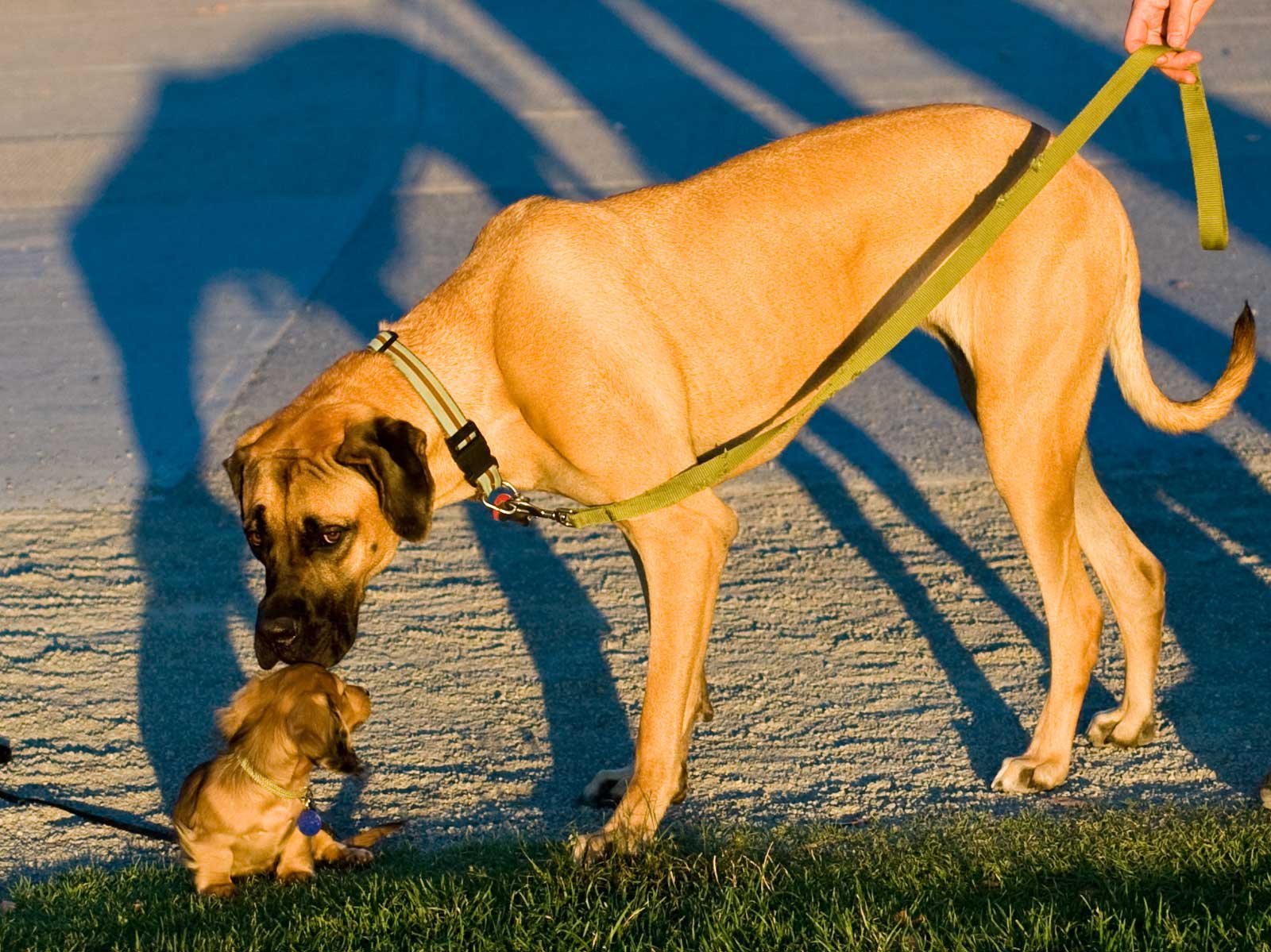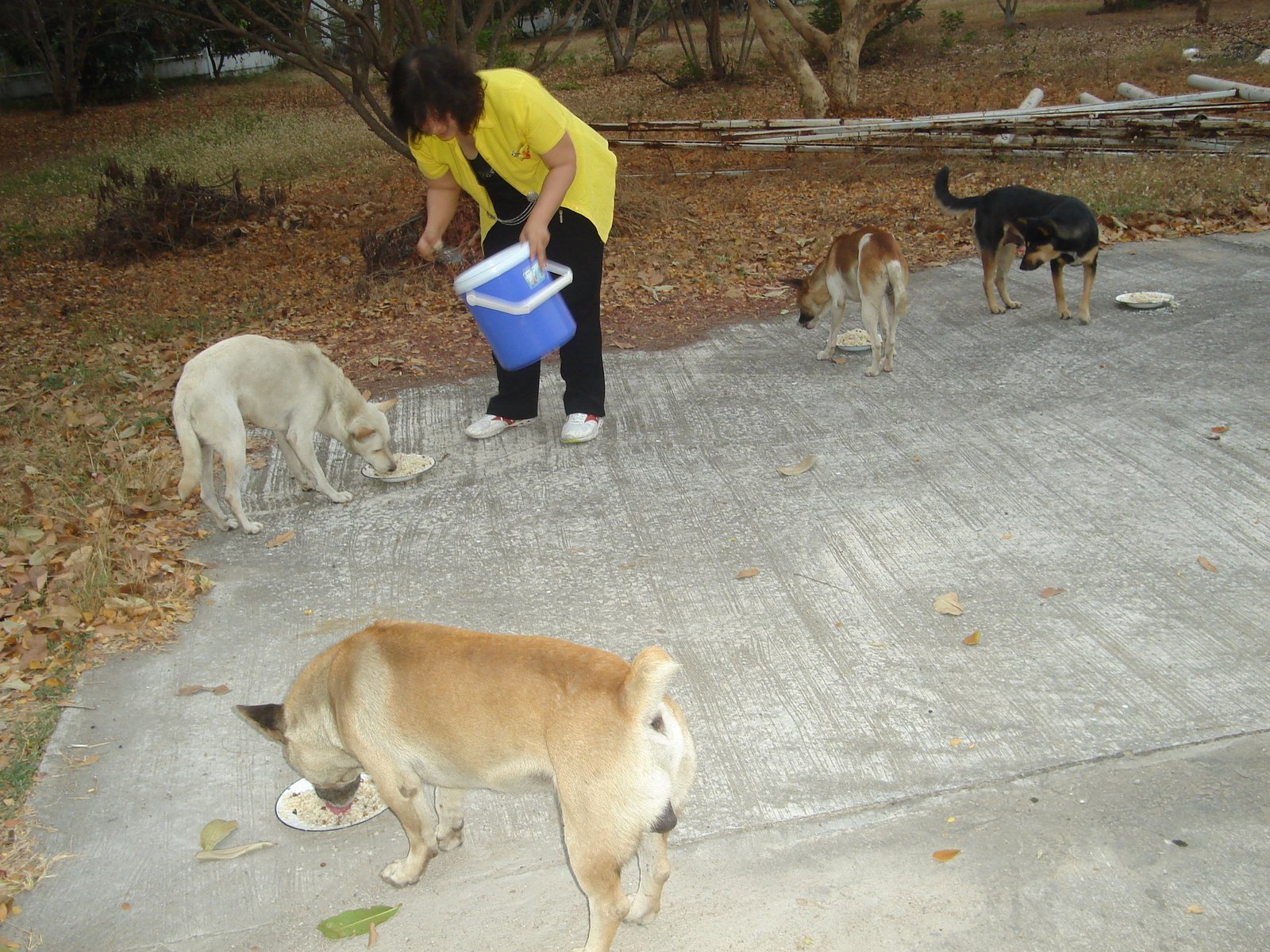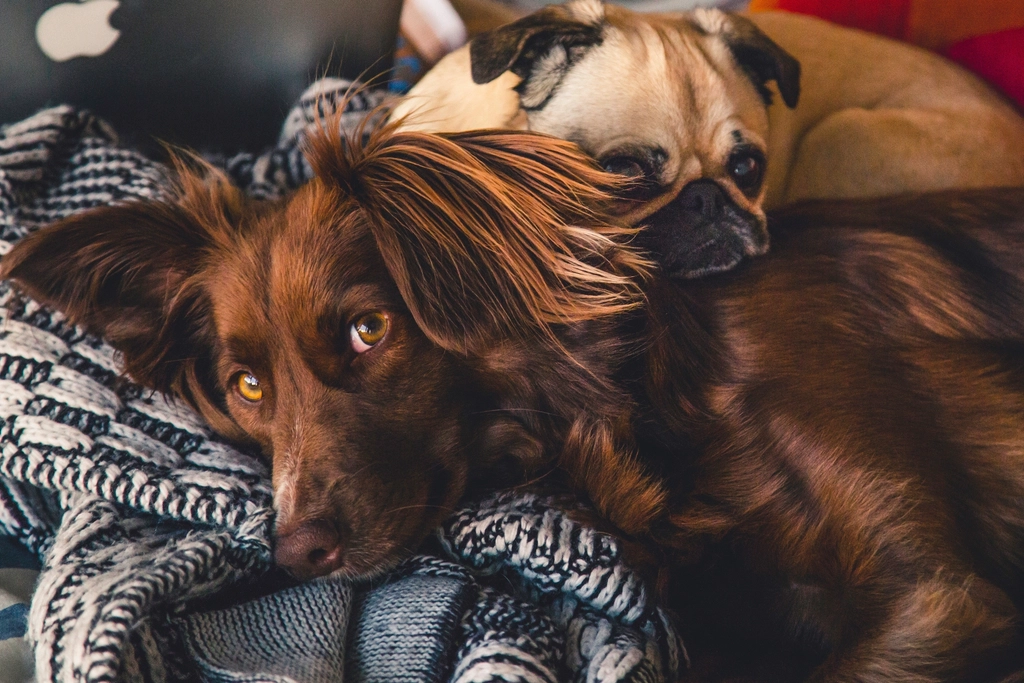Have you ever watched a tiny Chihuahua and a massive Great Dane size each other up in the park and wondered, “Can these two really become best friends?” The difference in size can seem overwhelming, and the idea of a gentle giant romping with a pint-sized pooch might spark both hope and anxiety. Yet, with the right approach, it’s not just possible—it can be heartwarming and inspiring. Let’s explore how you can help large and small breed dogs form a bond that defies their size difference and fills your home with joy.
Understanding the Personality Differences

When bringing a large and a small dog together, it’s not just about their physical size; their personalities play a huge role. Larger breeds often have calm, easygoing temperaments, while smaller breeds may be more energetic or even feisty. These differences can lead to misunderstandings unless you pay close attention. Think of it like introducing two people from different cultures: patience and curiosity are key. Watch for signs of fear or aggression from either dog. Some small dogs can be bossy, while big dogs might be shy or overly playful. Recognizing each dog’s unique personality helps you predict their reactions and prevent misunderstandings that could sour their relationship from the start.
The Importance of a Neutral Introduction

First impressions matter—especially for dogs! The best way to start off on the right paw is to introduce your dogs in a neutral place, like a quiet park or a friend’s yard. This prevents one dog from feeling territorial. Keep both dogs on leashes, but let them approach each other at their own pace. Avoid forcing them to interact; let them sniff and observe each other. Watch their body language: wagging tails, relaxed ears, and playful bows are good signs. If one dog seems nervous, take a break. The goal is to create a calm, positive first meeting that sets the stage for future friendship.
Supervised Play Is Essential
When it’s time for them to play together, supervision is crucial. A large dog’s excited leap or rough swipe could accidentally injure a smaller dog. Use toys and play activities that suit both sizes—like tug toys or gentle fetch games. If play gets too rough, calmly intervene and redirect their attention. Even if your big dog is gentle, remember that accidents can happen in the heat of the moment. Set time limits for their play sessions at first, gradually increasing as they learn to respect each other’s boundaries. Supervised play builds trust and teaches them how to have fun safely.
Teaching Gentle Play
Some large dogs may not realize their own strength. Teaching a “gentle” command can help. Reward your big dog when they play softly or pause when asked. Small dogs might need to learn not to nip or bark excessively at their bigger friend. Use treats and praise to reinforce gentle behavior in both dogs. If one dog gets too rough, separate them for a few minutes to cool off. Over time, both dogs will learn what kind of play is acceptable. Think of it as teaching kids to play nicely together—they need clear rules and lots of encouragement.
Creating Safe Spaces for Each Dog

All dogs need a place to retreat when they feel overwhelmed. Provide separate beds or crates for each dog, especially at the beginning. This gives your small dog a safe haven if the big dog’s enthusiasm feels intimidating. Make sure your large dog also has a comfy spot to relax. Never force either dog to share their space if they’re not comfortable. Respecting each dog’s need for alone time can prevent spats and help them feel secure in their environment.
Feeding and Resource Management

Food can be a major source of conflict between dogs of different sizes. Always feed them separately to prevent food guarding or bullying. Pick up food bowls when mealtime is over and store toys when not in use. This prevents competition over resources, which can quickly escalate into fights. If you give treats, do so with each dog in a separate area. Some big dogs don’t realize their strength when grabbing treats, so hand them out carefully. With clear rules about food and toys, both dogs will feel safe and respected.
Socialization and Ongoing Training
Socialization isn’t a one-time event—it’s ongoing. Expose both dogs to different environments, people, and other animals regularly. This helps them adapt to new experiences and reduces anxiety. Enroll in a basic obedience class with both dogs, if possible. Training together strengthens their bond and gives you tools to manage their behavior. Practice commands like “sit,” “stay,” and “leave it” around each other. Consistent training helps both dogs understand your expectations and builds confidence in their relationship.
Recognizing and Preventing Jealousy
It’s natural for dogs to feel jealous if they think you’re showing favoritism. Make a conscious effort to give both dogs equal attention, affection, and playtime. If you pet one dog, be sure to pet the other. Use their names equally and involve both in family activities. If you notice signs of jealousy—like pushing, barking, or sulking—redirect their attention with a game or treat. By treating both dogs as valued family members, you foster harmony and reduce rivalry.
Understanding Body Language and Warning Signs
Dogs communicate mainly through body language. Learn to recognize signs of stress, fear, or aggression. A stiff body, raised hackles, or growling mean it’s time to intervene. Don’t punish either dog for these signals; instead, separate them and give them time to calm down. Watch for subtle signals too, like lip licking or yawning, which can indicate discomfort. Regularly observing your dogs’ interactions helps you catch problems before they escalate. Trust your instincts—if something feels off, step in and reassess the situation.
Patience, Consistency, and Time

Building a friendship between a large and small dog doesn’t happen overnight. Some pairs click instantly, while others need weeks or even months to fully trust each other. Be patient and consistent in your approach. Celebrate small victories, like a shared sniff or a peaceful nap in the same room. If setbacks occur, don’t lose hope—just return to basics and give them more time. With your guidance, love, and understanding, even the most unlikely pair can become the best of friends.
At the end of the day, helping your big and little pup get along comes down to patience, structure, and a whole lot of love. With the right introductions and clear boundaries, they can learn to respect—and even enjoy—each other’s company. It might take time, but seeing them bond is totally worth the effort. With a bit of guidance, your tiny sidekick and gentle giant can become the ultimate dynamic duo!

Andrew Alpin from India is the Brand Manager of Doggo digest. Andrew is an experienced content specialist and social media manager with a passion for writing. His forte includes health and wellness, Travel, Animals, and Nature. A nature nomad, Andrew is obsessed with mountains and loves high-altitude trekking. He has been on several Himalayan treks in India including the Everest Base Camp in Nepal.






